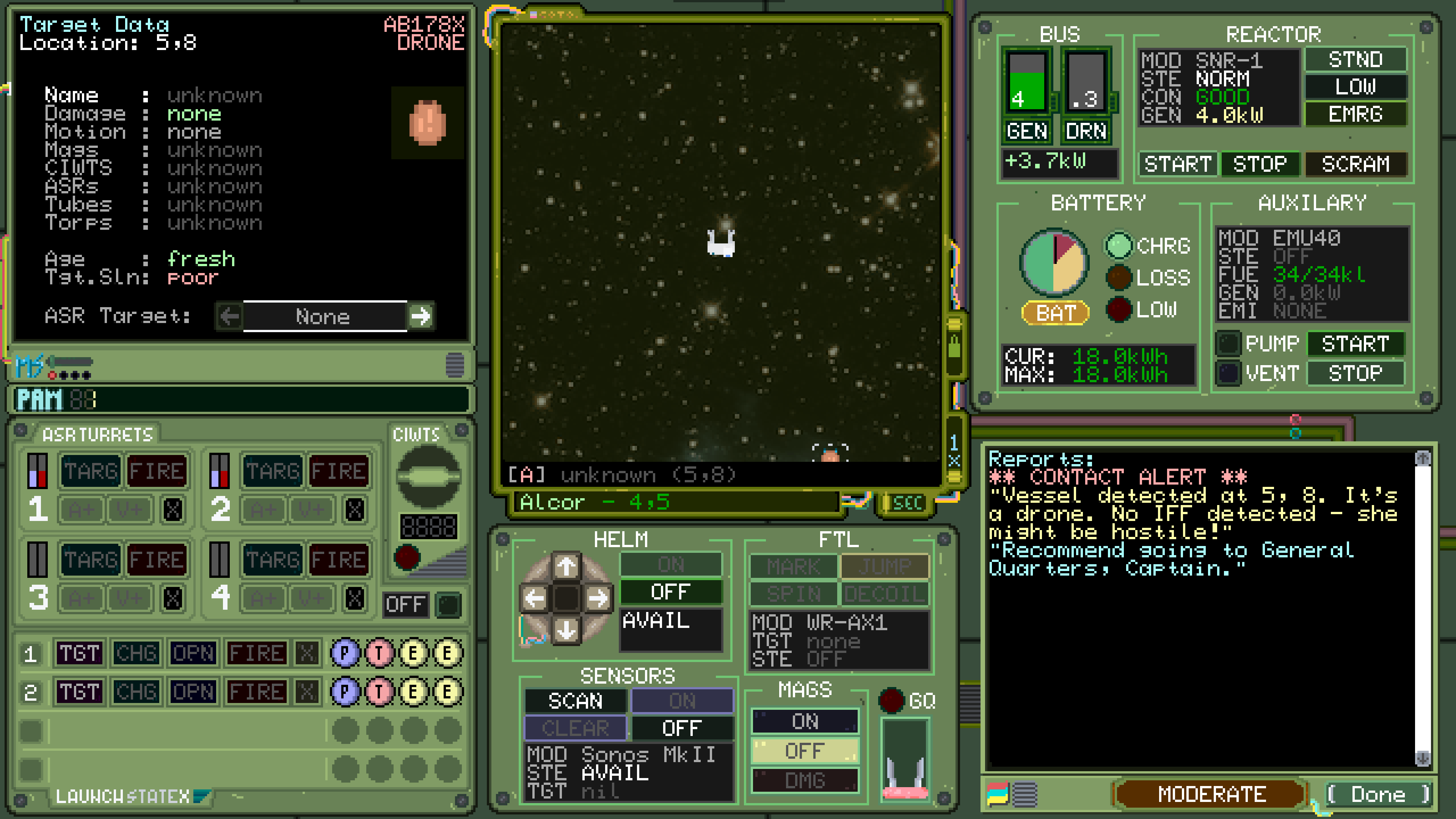City of Parramatta Council is continuously monitoring and managing populations of pest species within the Local Government Area (LGA).
Below are some of the main pest species you may come across and how you can help Council manage these species.
European Fox (Vulpes vulpes)
Foxes are widespread across NSW after introduction in the 1870’s and are considered a large threat to native wildlife. Foxes in City of Parramatta are controlled as part of an ongoing regional program and data from this is often used in research for Universities.
What can we do?
The most useful information that residents of CoP can provide is to record all sightings on the Feral Scan app. This information is provided to Local Land Services (LLS) then used to guide the regional control programs. By reporting these to FoxScan, specifically for foxes spotted in the Parramatta LGA, the information reaches Council more accurately.
More information from the Department of Planning, Industry and Environment.
Find out more about Foxes in Parramatta here.
Feral Cats (Felis catus)
Similar to foxes, feral cats are significantly reducing the population of native wildlife across NSW (and Australia) through hunting. They are considered one of the main causes of decline and extinction of native animals. Feral cats are cats that have never been domesticated and are truly wild animals. However, feral cats are often alive due to cat owners not having their cats desexed with subsequent litters being released into the bushland.
What can we do?
There are many ways that residents/cat owners can reduce the impact of cats in general on wildlife. Ensure that you:
- Desex your cat
- Microchip your cat and have it registered with Council and update these details whenever you move house
- Put a collar with a bell on your cat (or preferably keep cats indoors at all times, or at least at night)
- Keep your cat out of restricted areas. You will see many signs at the entrances to reserves that will indicate if the area is a Wildlife Protection Zone.
These simple actions can make a huge difference to the populations of native wildlife.
More information from the Department of Planning, Industry and Environment.
And you can also report any sightings of feral cats to FeralScan.
Common Myna Bird (Acridotheres tristis)
The Common Myna Bird (aka the Indian Myna Bird) is posing a significant threat to native bird populations through competition to food and habitat. They are an aggressive competitive species and will often “kick out” other bird species from an area.
What can we do?
By creating a native bird friendly garden, you will reduce the available habitat and food for Common Myna’s as they much prefer tidy lawns and manicured hedges. Repairing eaves and gaps in your roof can reduce available habitat for these very opportunistic bird and preventing access to food waste and uneaten pet food outdoors will ensure you do not attract these birds.
More information from the Department of Planning, Industry and Environment.
Cane Toad (Rhinella marina, formerly Bufo marinus)
Cane toads are an invasive species which were introduced in 1935 to control populations of Cane Beetle in Cairns, Queensland. They are now widespread in north-eastern New South Wales and are spreading further south and west.
Cane toads have no natural enemies in Australia, are poisonous, predatory and their spread has devastating impacts on our native animal species and ecosystems.
What can we do?
Eradication of this species is not feasible given their ability to reproduce in large numbers and their current widespread distribution.
The management of cane toads in national parks and on other land tenure is guided by the Saving our Species (SoS) program.
More information from the Department of Planning, Industry and Environment.
And you can also report any sightings of Red-eared Slider Turtles via FeralScan.


